The Ultimate Guide To Niagara River Steelhead Fishing
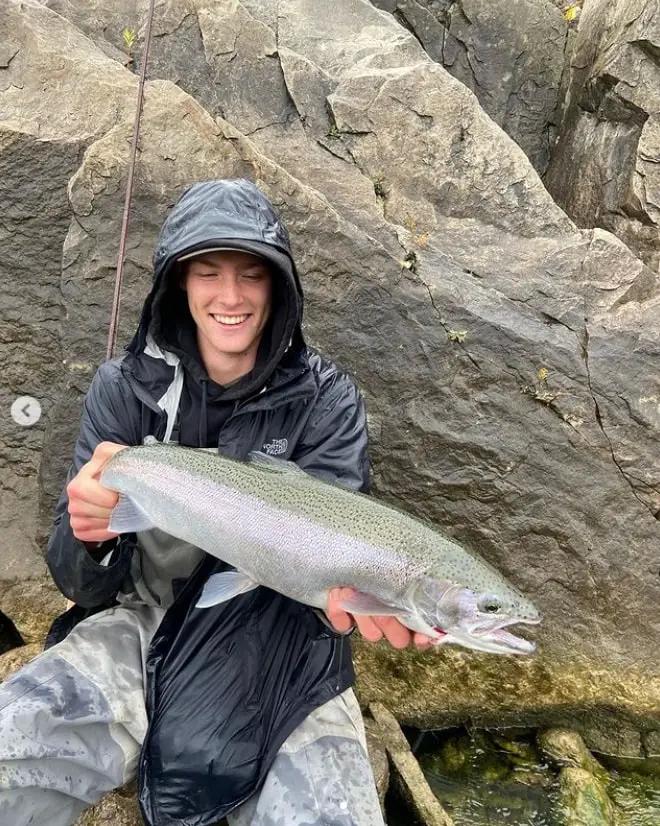
As a seasoned fishing guide with over 20 years of experience, I’ve come to know the intricacies of Niagara River steelhead fishing. This majestic river is famous for its stunning waterfall, but it is also a paradise for anglers looking to catch big steelhead.
In this guide, I’ll share my insights and experiences of Niagara River steelhead fishing the lower 14 miles of the river. I’ll discuss the best baits and tactics you may not have thought about yet.
Key Takeaway Table
Aspect Details Best Season October to early June, peak from mid-November to early May Techniques Centerpin fishing, Lures, Drift Fishing from shore or boat, and fly fishing. Challenges Weather conditions, river currents, clarity, and fish fighting strength Acesss Get access spots for anglers on foot or from the boat Tips Gear recommendations, local knowledge, conservation practices
Is Niagara River Steelhead Fishing Good?
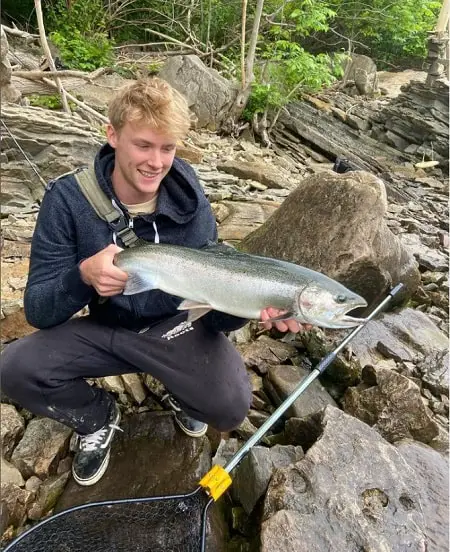
Steelhead are a migratory rainbow trout, but in the Niagara River, they can grow to over 20 pounds and four to 8-pound steelhead are so plentiful that anglers will have days when they will hook over 10, which makes Niagara River Steelhead Fishing world-class.
On top of that, there are often many other species that might also be caught, such as migratory brown trout over 10 pounds, salmon, bass, walleye, and even musky.
Niagara River: A Prime Location
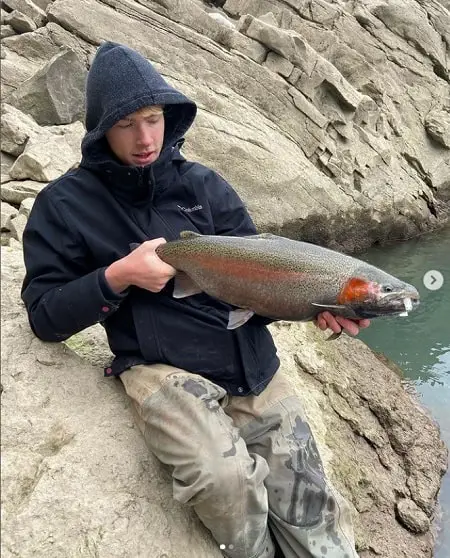
The Niagara River offers a blend of challenging fishing conditions and a lot of fish near some highly populated areas such as Toronto, Buffalo, and Rochester.
However, due to access issues such as steep hills, rocky shorelines that drop into deep fast water, challenging fishing, and being such a massive river that tests the skills of anglers, it is not that crowded.
Understanding the Best Seasons
Timing is Everything
To maximize your chances of a successful catch, understanding the steelhead’s seasonal patterns in the Niagara River is crucial. Here’s a breakdown of the best times to fish:
- Fall (October to December): Although some steelhead will enter the river in September at the same time as the salmon, the beginning of the steelhead migration starts in October with increasing numbers of steelhead as the fall progresses.
- Winter (January to March): This can be the peak season, offering the most abundant and most active steelhead. The steelhead will remaining the river all winter and feed on almost anything that drifts past them.
- Spring (April to early June): The tail end of the migration is in April and May when most steelhead have spawned and many will start moving back out of the river. Cool wet years will sometimes see anglers catching steelhead in early June.
Seasonal Changes and Fishing Conditions
Each season brings unique challenges and opportunities. For instance, winter fishing can be incredibly rewarding but requires preparation for cold weather and icy conditions and anglers need to know how to dress and stay warm when winter fishing.
On the other hand, spring offers milder weather but may require different techniques as water temperatures rise and the river becomes off-colored.
Unlike many rivers that get muddy and unfishable, the Niagara River can become muddy just due to very strong winds on Lake Erie, which stir up mud along Lake Eries sandy and muddy shorelines.
The river can also become impossible to fish as ice breaks up on Lake Erie, so keep these things in mind and have a backup plan if you are traveling from afar. See Western NY Fishing, and Fishing Steelhead Near Buffalo for other local options.
Techniques for Success
There are many fishing techniques used to catch steelhead on the Niagara River. Combine effective methods with effective baits for the best chance of hooking into multiple steelhead.
Mastering Centerpin Fishing
Float Fishing and Centerpin fishing is a technique that allows for a natural, drag-free presentation of the bait under a bobber known as a float and this method is particularly effective in the Niagara River. This method requires a specific set of skills and equipment, which you can see on my page Centerpin Fishing For Steelhead.
Due to the depth and size of the river, many anglers will use larger 12 to 16-gram slip floats which enable you to cast easily but still fish depths over 15 feet if you need to.
Drift Fishing The Niagara River
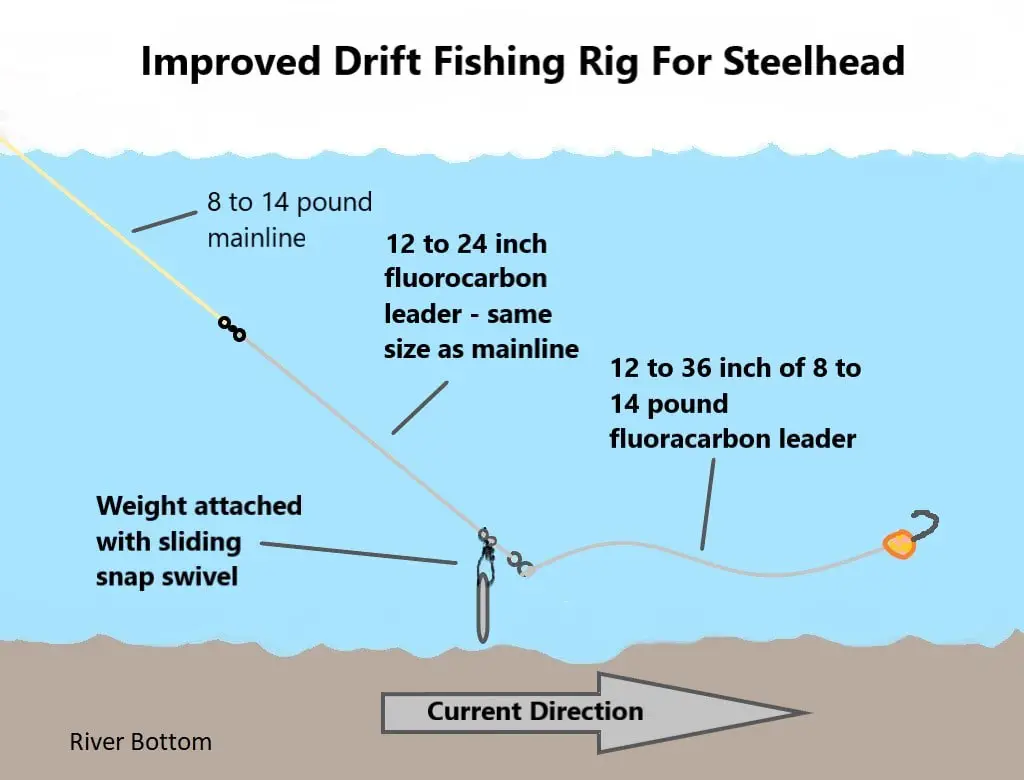
Drift fishing from shore is another method used to catch steelhead on the Niagara River.
It’s a simple method that does not require a float or bobber so you can get deep and cover a lot of water while keeping your bait in the strike zone.
Lure Fishing The Niagara River
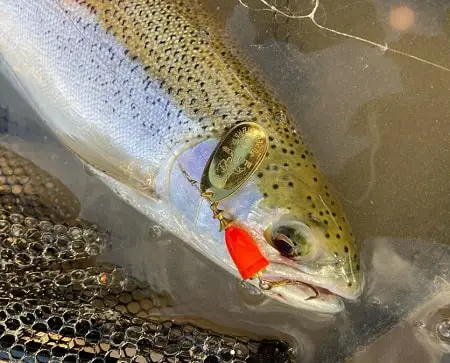
Lure fishing for steelhead is another very effective method since the steelhead will gorge on the plentiful baitfish and shiners found in the rivers.
Casting crankbaits, wobbling plugs, spoons, and spinners are the best options.
Simply cast out, let the lure sink, and when you think it has hit bottom start your retrieve.
If you use floating lures and plugs that dive, swing them or slowly retrieve them in. If you are not getting deep enough, adding a large weight a foot or two above the line might be required.
Using using jigs ripped and twitched near the bottom is another good method for catching steelhead on the Niagara River.
Boat And Drift Fishing The Niagara River
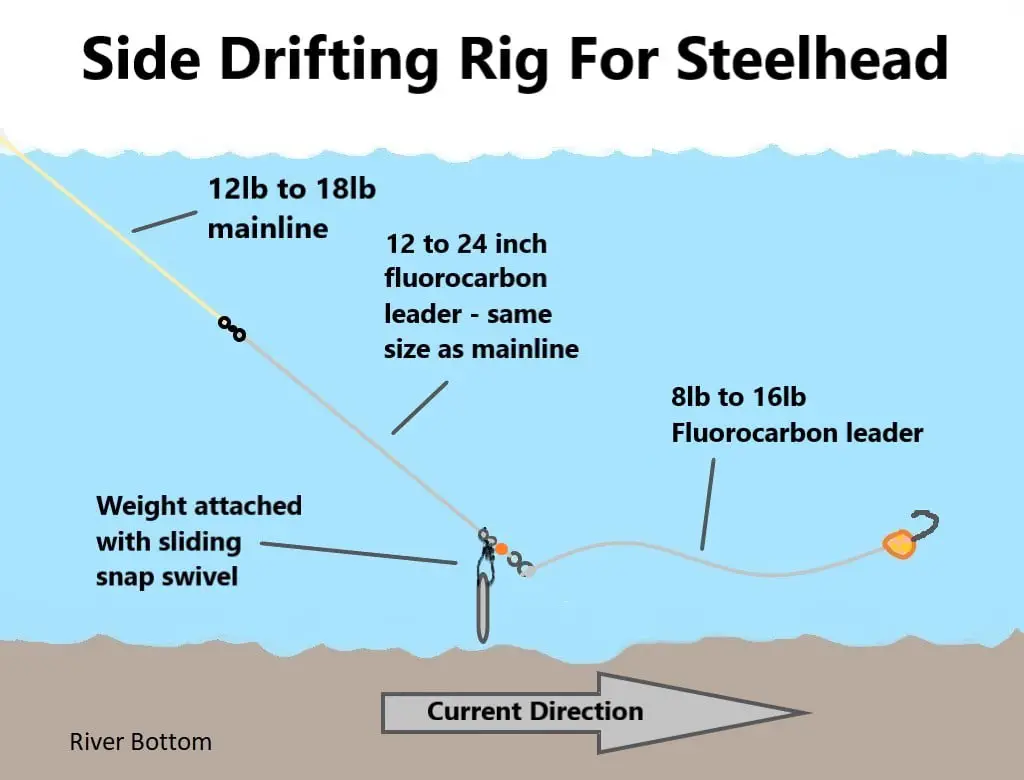
Although I have fished the Niagara River and explored its may fishing access spots, I prefer to fish the Niagara River on the boat.
Boat fishing for steelhead often means drift fishing, which is what the majority of fishing guides do to catch the most steelhead.
With drift fishing, you simply lower your bait rig over the side of the boat and drift with the current or use your trolling motor to slow your drift down the river. With this method you bait is down near the bottom, in the steelheads strike zone and you are covering a lot of water.
Once you locate fish with your fish finder or by hooking up, you can drive the boat back up above the spot and keep drifting down past the holding steelhead. Having a good fish finder with GPS really improves your ability to find fish.
Fly Fishing
Although not the most popular methods, myself and other guides and buddies of mine will fly fish for steelhead using nymphing methods or swinging flies with heavy sink tips.
This is not for beginner fly fishermen. I highly recommend going out with a guide the first time to learn the setup and methods used to fly fish on this river.
Reading the River
Understanding the river’s currents and how steelhead react to different conditions is key. Here’s a quick list of things to consider:
- Water Clarity: Visibility can affect steelhead behavior but the river is most often green and clear.
- Current Speed: Faster currents may require heavier gear and different techniques, and at times the steelhead will be closer to shore to get out of the main current.
- Water Temperature: Temperature changes can influence where steelhead are likely to be found. Colder temps will have steelhead holding deeper and in slower water.
Weather and Water Conditions
Fishing in the Niagara River presents unique challenges, especially during the colder months. Here are some key considerations:
- Cold Weather Gear: Ensuring you have the right clothing and equipment to stay warm and safe. Wear floatation gear or survival suits.
- Navigating Ice: Understanding how to safely fish in icy conditions is important. Wearing boot cleats are recommended if the rocks and shoreline are icy.
- Adapting Techniques: Modifying your fishing approach based on water clarity and flow. Brighter and bigger lures and baits are best when the water clarity is not good.
Conservation and Respect for the River
Sustainable Fishing Practices
As anglers, it’s our responsibility to protect the Niagara River and its inhabitants. Here are some key conservation practices:
- Catch and Release: Properly handling and releasing steelhead to ensure their survival.
- Respecting Local Regulations: Adhering to fishing regulations and seasonal restrictions.
- Environmental Stewardship: Minimizing our impact on the river’s ecosystem.
Summary Table
Challenge Solution Cold Weather Appropriate gear and safety measures Ice Conditions Adapted techniques and safety awareness Powerful Steelhead Suitable gear and fighting techniques Conservation Sustainable practices and respect for regulations
Gear Recommendations and Local Knowledge
Essential Gear for Steelhead Fishing
Choosing the right gear is crucial for a successful steelhead fishing experience in the Niagara River. Here’s a list of essential items:
- Rods: A medium-heavy rod with good flexibility for casting and control.
- Reels: A reliable centerpin or spinning reel that can handle strong runs.
- Lines and Leaders: High-quality lines of 10 to 14 pound test are required and fluorocarbon leaders from 10 to 14 pounds are best withstand the river’s currents and the steelhead’s strength.
- Baits and Lures: Have a good selection of baits and lures that are 3 to 5 inches long, in silver, black, and fluorescent colors that are effective in different conditions.
- Nets: Be sure you have a good long handled salmon/steelhead net because much of the banks drop into deep fast water.
Leveraging Local Knowledge
Local knowledge can be the difference between a good fishing trip and a great one. Here are some tips:
USA Side Access Spots On The Niagara River
Shore Access Sites Summary
- Whirlpool State Park: Near Niagara Falls, offers challenging fishing along a mile-long trail. Requires a 300-foot descent into a gorge, with hazardous conditions due to slippery rocks and strong currents.
- Devil’s Hole State Park: Adjacent to Whirlpool Park, known for excellent salmon, trout, and bass fishing. Access involves a steep 300-foot descent with similar dangers as Whirlpool Park.
- NYPA Fishing Platform: Operated by the New York Power Authority, this site is open from spring to fall and is accessible for persons with disabilities. It features a fish cleaning station and restrooms, and is popular for trout, salmon, and bass fishing.
- Earl W. Brydges Artpark State Park: Located between Lewiston and NYPA Power Vista, offering over a mile of shoreline and quality steelhead fishing from November to April. Known for smelt dipping in April.
- Joseph Davis State Park: North of Lewiston, provides shoreline fishing access and a fishing platform for anglers with disabilities.
- Additional Shore Access: Lewiston Landing Waterfront Park in Lewiston, and Water Street Village Park and Constitution Park in Youngstown, offer shoreline fishing.
Boat Launch Sites Summary
- Village of Lewiston Launch: At Lewiston Landing Waterfront Park, the most upriver launch site with amenities like restrooms, fish cleaning station, and parking for 50 vehicles. Fees apply when attendant is present.
- Village of Youngstown Launch: One-lane ramp at Water Street Village Park, with limited parking but additional space on Hinman Street. No fee.
- Fort Niagara State Park: Just north of Youngstown, offers two separate two-lane ramps, restrooms, fish cleaning station, and parking for over 50 vehicles. Seasonal fees may apply.
Tight Lines
Graham
- New York State Department of Environmental Conservation (NYSDEC): Website: dec.ny.gov
- U.S. Geological Survey (USGS): Website: usgs.gov
- Great Lakes Fishery Commission: Website: Great Lakes Fishery Commission
- Niagara Falls State Park: Website: niagarafallsstatepark.com
- Ontario Ministry of Natural Resources and Forestry: Website: ontario.ca/page/ministry-natural-resources-and-forestry
- International Joint Commission (IJC): Website: ijc.org
- Fisheries and Oceans Canada:Website: dfo-mpo.gc.ca
- American Fisheries Society: Website: fisheries.org
